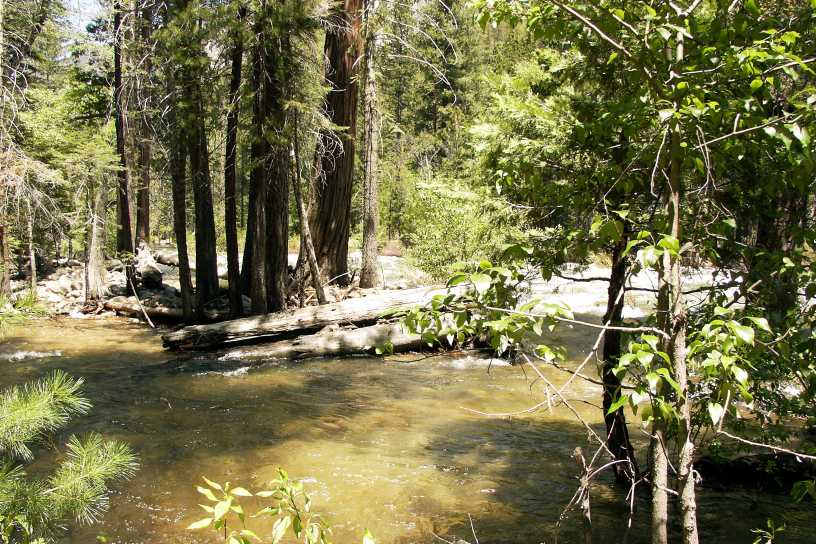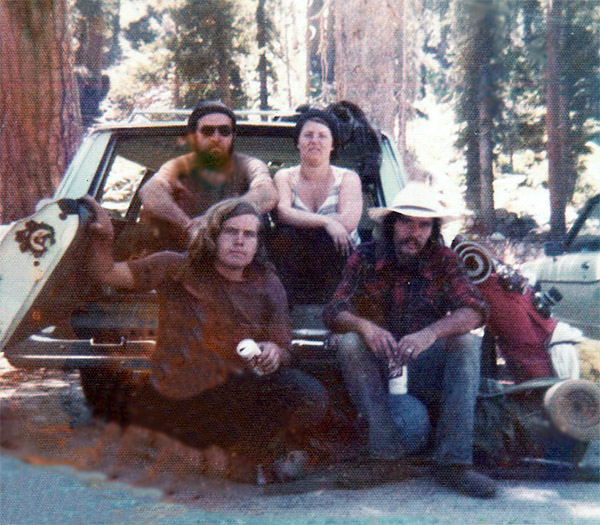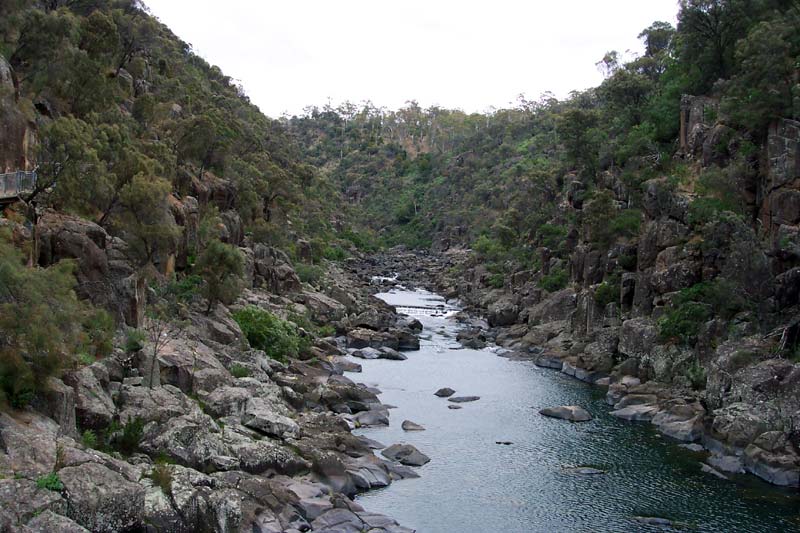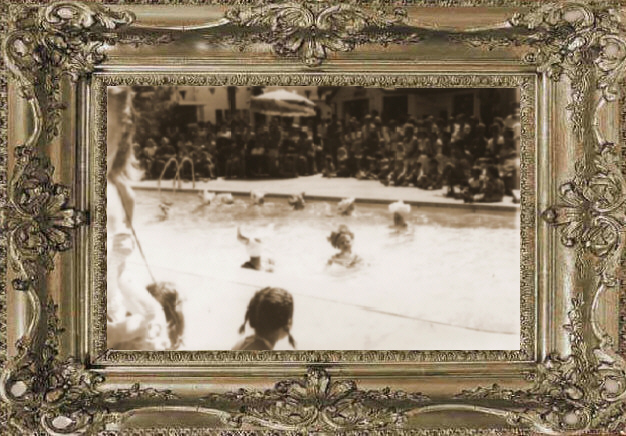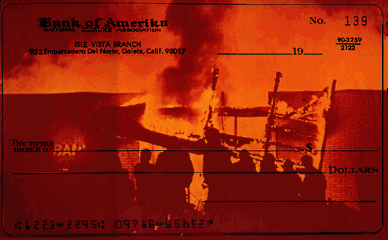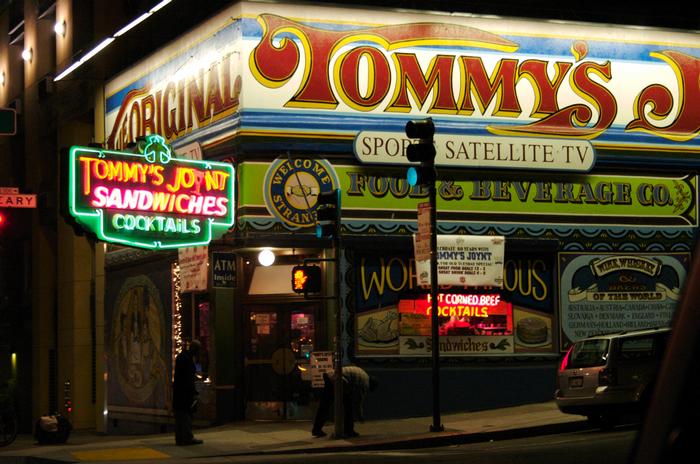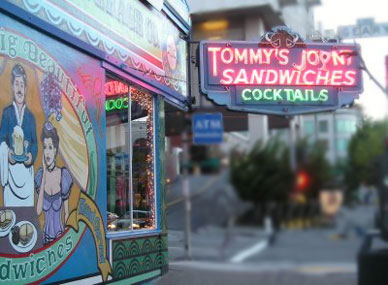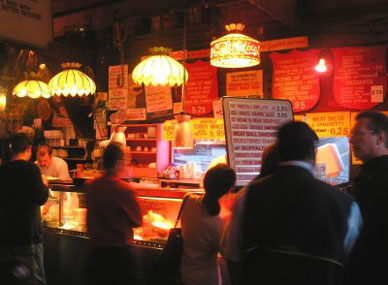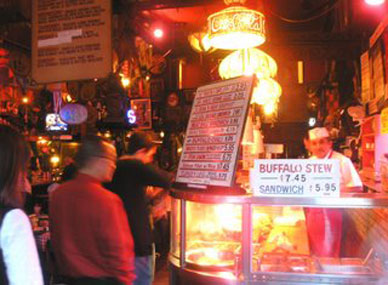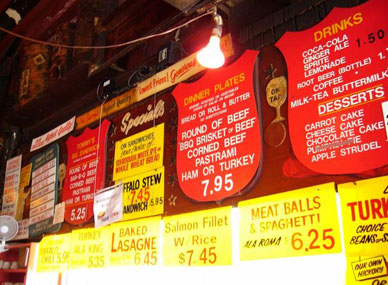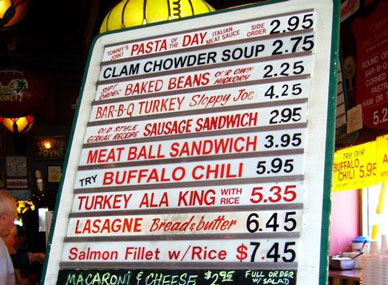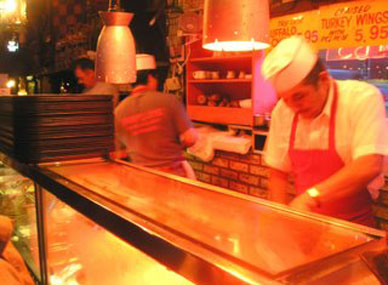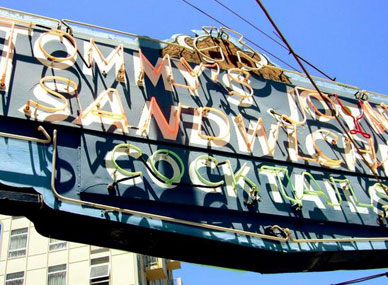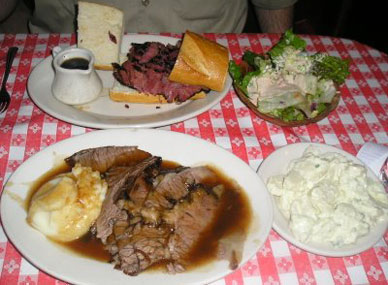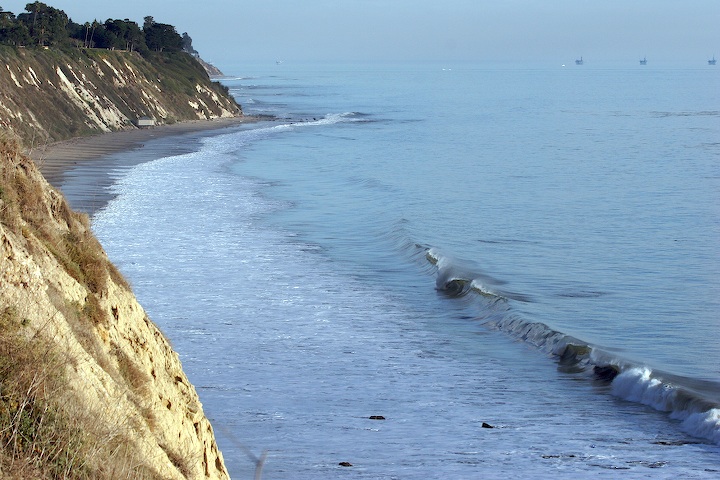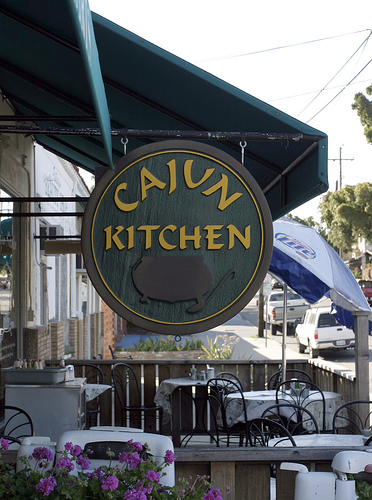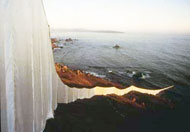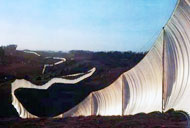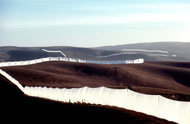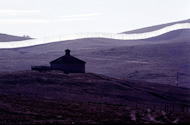Hot Creek Road
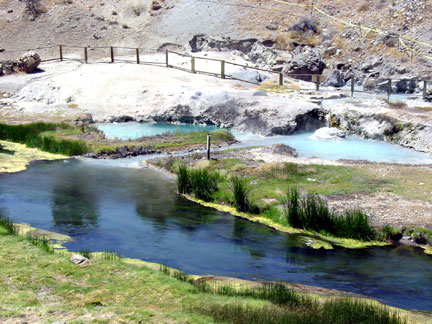
I first visited Hot Creek back sometime in the 70’s. It was not the place to take the family back then, but a “hot” spot for party goers. Swimsuits were optional, but rare, and there was not much in the way of advertising its location to visitors. I went back years later and although the creek is much the same, the National Park Service, or maybe the Forest Service now maintains the area, and it ratings have gone from ‘AO’ adult only to ‘G’ General Audiences, all ages admitted.
Finding Hot Creek is much easier now also. Hot Creek is 25 miles south of Lake Mono, near Mammoth Lakes. It’s located two miles south of the Mammoth Lakes turnoff from route 395, turn left onto Hot Creek Airport Road and follow the signs for about three miles. There are two bathing areas, one at the bottom of the trail that leads down from the parking lot. Continue along the trail and you will arrive at the second, just slightly less popular, but just as good.
The waters are unique as the hot water bubbles up from the bottom of the creek, where the waters are heated by magma three miles below the surface. This hot water mixes with the cold creek water, and with a few adjustments, you can find the perfect mix.
If the creek is crowded, there are also a number of natural and man-assisted hot tubs in the valley below Mammoth. Most all are well-known — almost all of the tubs are described in a guide book, so if you find one that doesn’t have someone sitting in it already, it’s not that you’ve discovered anything rare, you’re just lucky. Most are small, so when 50 people show up it’s time to drive back down route 395 and head for Grumpy’s Bar or the Whiskey Creek Mountain Bistro.

